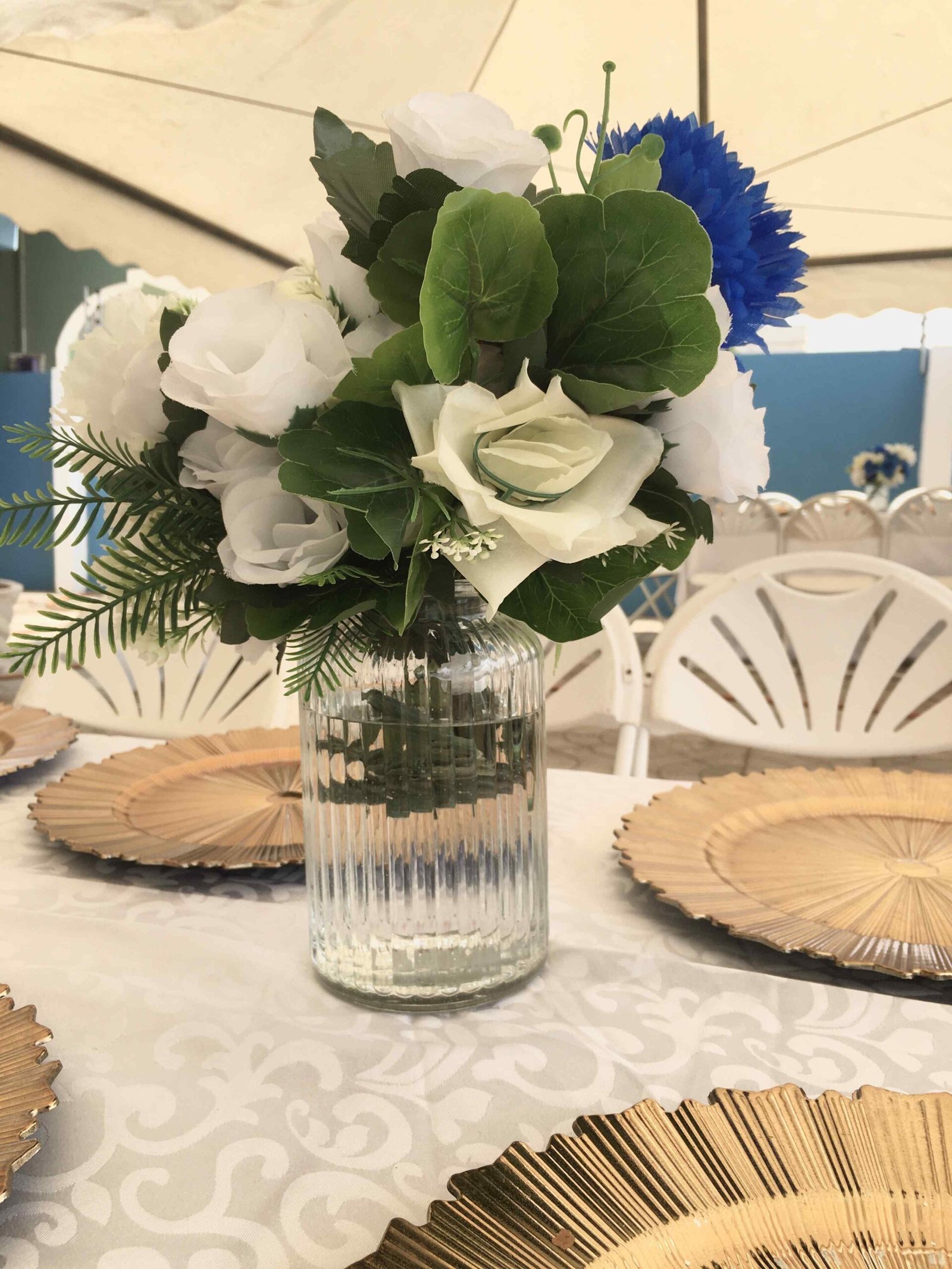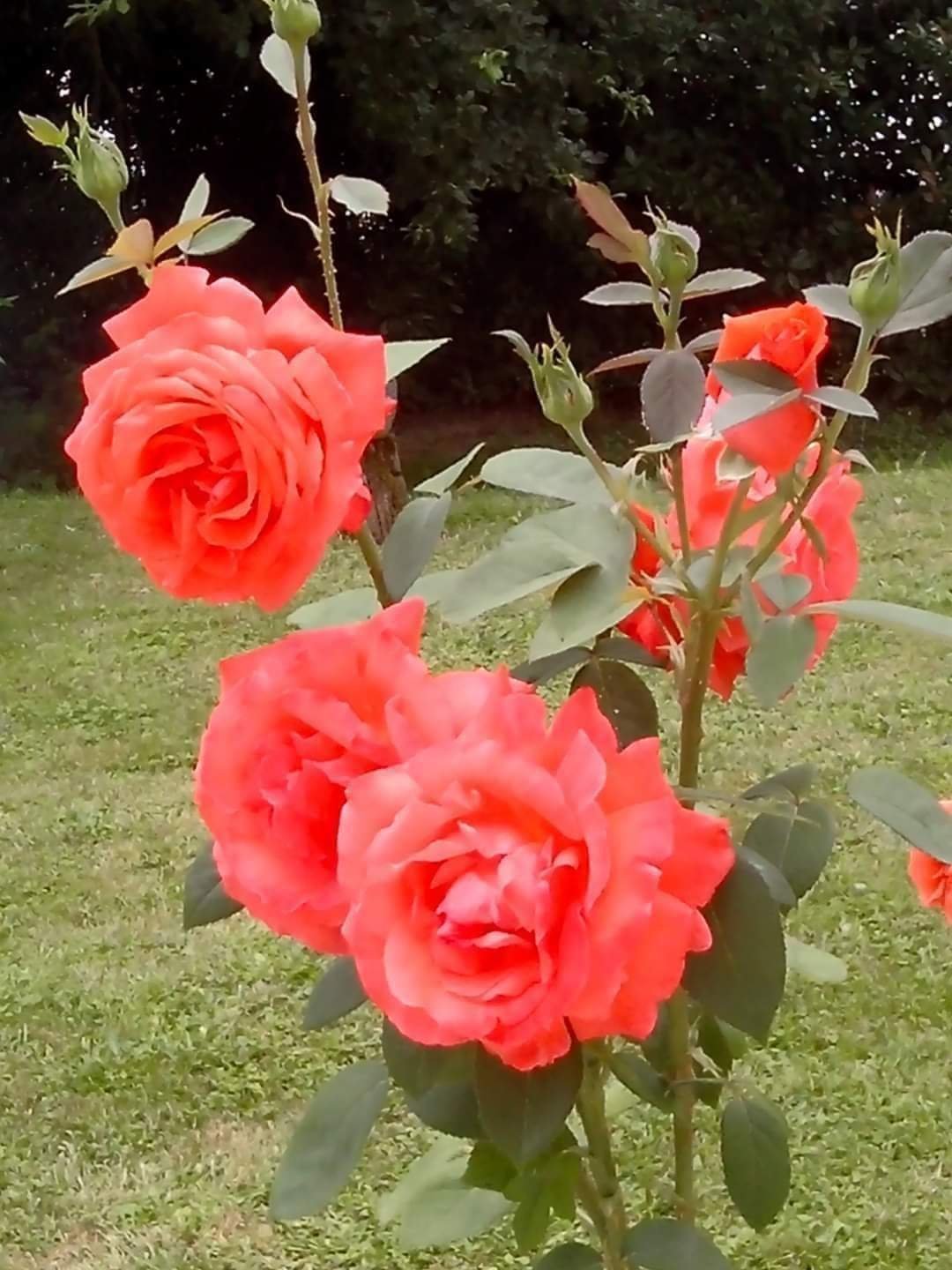Can I Plant Rose Cuttings Directly in the Ground?

Yes, you can plant rose cuttings directly in the ground, but there are some important factors to consider for successful rooting and growth.
What are the Optimal Soil Conditions and pH Levels for Planting Rose Cuttings?

When planting rose cuttings directly in the ground, it is crucial to ensure the soil meets the optimal conditions for root development and growth.
- Soil Mix: The soil should be a well-draining mixture. A blend of potting soil and perlite or horticultural grit is recommended. A 50/50 mix of potting soil and perlite is often cited as an effective medium because it is light, airy, and allows the soil to drain well while keeping the cuttings moist[3][4].
- pH Levels: Roses generally prefer a slightly acidic to neutral soil pH, ranging from 6.0 to 6.5. Ensuring the soil pH is within this range can help in successful rooting and growth[2][4].
What is the Ideal Planting Depth and Spacing for Rose Cuttings?
- Planting Depth: Plant the rose cuttings to about 50% of their length in the soil. For example, if the cutting is 6-8 inches long, plant it 3-4 inches deep. This helps in stabilizing the cutting and promoting root growth. Make sure the node (the point where a leaf meets the stem) is buried in the soil[2][3][4].
- Spacing: Plant the cuttings about 8 inches apart to prevent overcrowding and allow for adequate air circulation and sunlight penetration. This spacing also helps in reducing the risk of disease transmission[2][3].
- Regional Climate Considerations: In regions with mild weather, such as late spring and early fall, planting directly in the ground can be very successful. However, in areas with extreme temperatures (either very hot or very cold), it may be better to start the cuttings in pots or a controlled environment before transplanting them outside[3][4].
What are the Best Practices for Watering and Sunlight Exposure?
- Watering: Keep the soil consistently moist but not waterlogged. Water the cuttings daily, especially in warmer weather, to ensure the soil does not dry out. However, avoid creating mud or standing water, which can lead to root rot[2][3][4].
- Sunlight Exposure: Place the cuttings in a location that receives morning sun but is shielded from the hot afternoon sun. This can help prevent overheating and stress on the cuttings. In hot climates, using a mini-greenhouse or a clear jar to create a humid microclimate can be beneficial, but ensure it does not touch the leaves to prevent mold[2][3][4].
What are the Potential Pests or Diseases to Watch Out For?
- Identification and Prevention:
- Rose Replant Disease: This can occur if the soil has previously been used for roses. Symptoms include poor establishment, growth, and even death. To prevent this, use fresh soil from a different part of the garden and fertilize with a high-nitrogen fertilizer after planting[4].
- Fungal Diseases: Overwatering can lead to fungal diseases like root rot. Ensure good drainage and avoid waterlogging.
- Pests: Keep an eye out for pests like aphids, black spot, and powdery mildew. Use organic or chemical controls as necessary to prevent infestations.
- Treatment Options:
- For fungal diseases, improve soil drainage and reduce watering. Fungicides can be used if necessary.
- For pests, use insecticidal soap or neem oil for mild infestations. For more severe issues, chemical pesticides may be required[2][4].
By following these guidelines, you can successfully plant rose cuttings directly in the ground and enjoy the beauty of your own homegrown roses.
